Market tops take time to form as the 2007-2008 graphic shows below. I developed the graphic due to several comments and inquiries following last week’s blog post titled “Calling a Market Top”.
Several stocktwits and twitter readers decided to comment without reading the entire blog post or did not read it at all. They were quick to judge and throw out “bear” connotations based on the title of the post rather than digest the content.
Today’s post further dives into the details and length of time the 2007-2008 market top actually took to form before fully breaking down (upwards of 10 full months). In contrast, the current market is barely a month into the first red flag, therefore, no one should be calling a definite market top – and I don’t believe anyone is, at least not around here.
The most interesting aspect of the 2007-2008 market top is the fact the market made new highs, after the first red flag. The NH-NL indicator also went back to positive territory after the initial negativity in July and August of 2007 (point #1 in the 2007-2008 side of the graphic).
New Highs averaged 129 per day while new lows averaged 252 per day in August 2007. The indictor turned more positive following the summer as New Highs averaged 135 per day while new lows averaged 59 per day in September and October 2007. This was a complete up-tick in activity. However, December’s average was 56 NH’s and 292 NL’s per day and it only deteriorated from there. The point being, the NH-NL ratio can start to look more positive as an overall market top is forming.
After the DJIA reached new highs in October 2007, the market took a big dive but made a higher low in late November 2007. However, the next red flag formed as the DJIA could not make higher highs and failed to recapture the 30-week MA (point #2). Another red flag was the fact the 30-week MA was starting to turn south (negative). Following these red flags, NL’s accelerated and the market made an even bigger drop into January 2008.
The final red flag took place between the months of April and June 2008, when the DJIA again failed to re-take the 30-week MA (as it was now trending downward) and fell well short of previous highs. New Highs within individual stocks were drying up and NL’s were starting to accumulate again. This was the final break in the overall market top formation. The market dropped an additional 50% from here.
Taking the analysis from above and incorporating it into today’s action, we can see that a market top (if one is beginning), is in its infancy and is likely to have several volatile swings up and down (both in terms of price and the NH-NL readings).
A red flag is just a warning but it becomes a strong signal to take action when multiple warnings are registered. October 2014 is just a warning and I don’t know if it will lead to a more substantial correction but if it does, don’t be surprised to see higher highs before an ultimate breakdown.
If it doesn’t, well, jump back in and ride the trend higher because circumstances are constantly changing when trading the market. No one truly knows what will happen next (and if they do – they’ll be a lot richer than I am when it’s all said and done). The rest of us can only play the odds and manage risk.
My next post will focus on additional market tops so we can get a better feel for history, using charts.


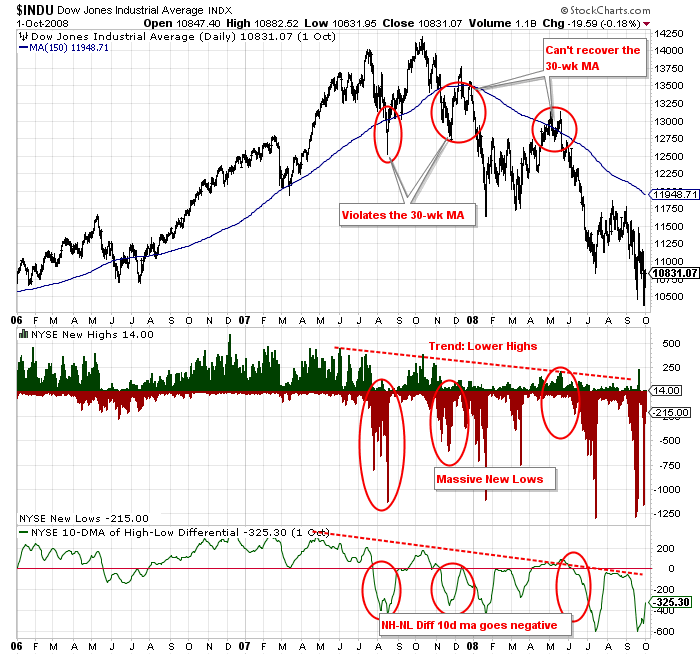
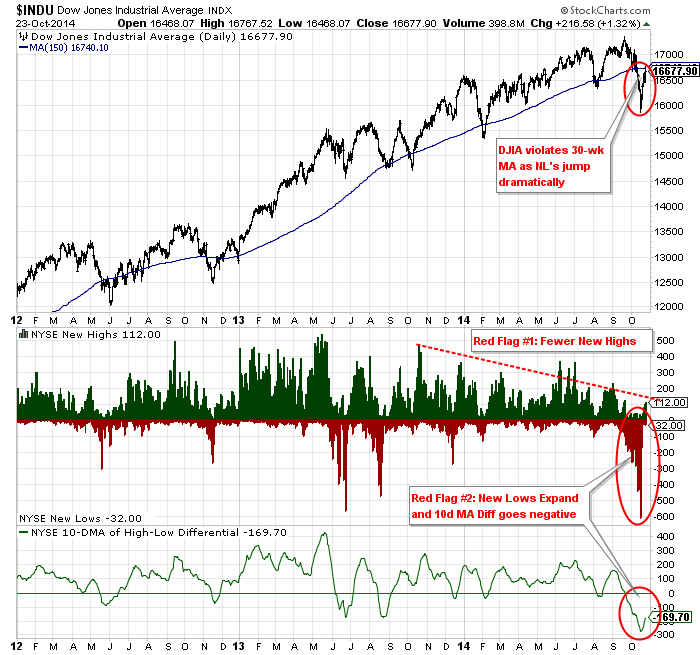
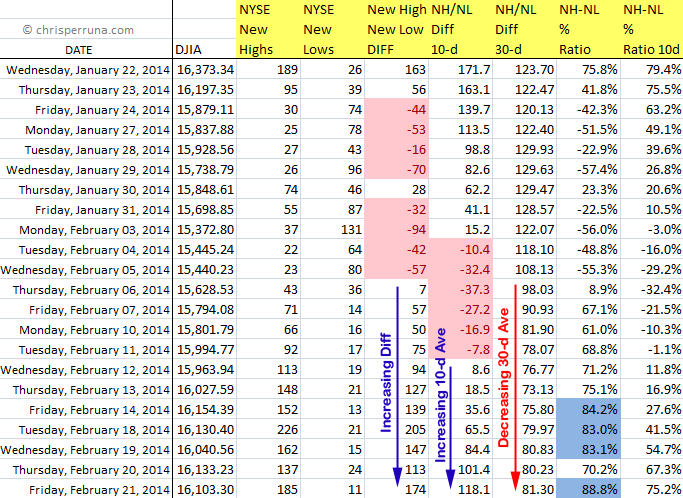
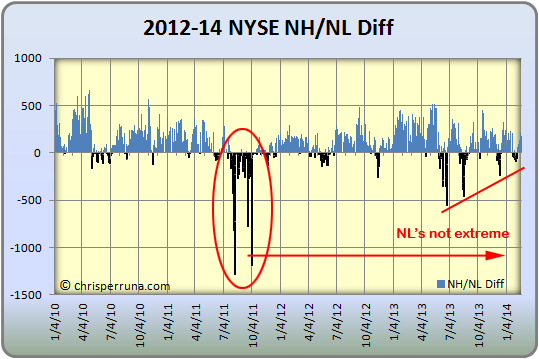
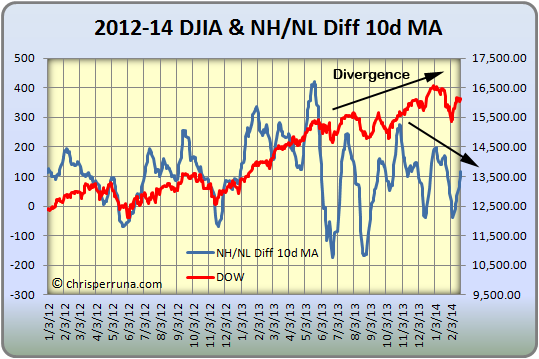
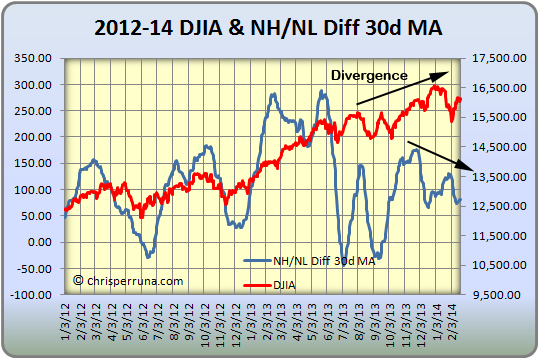

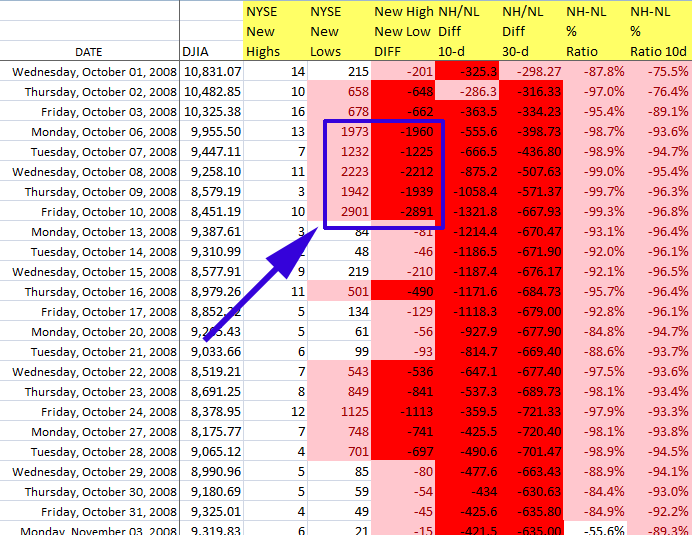
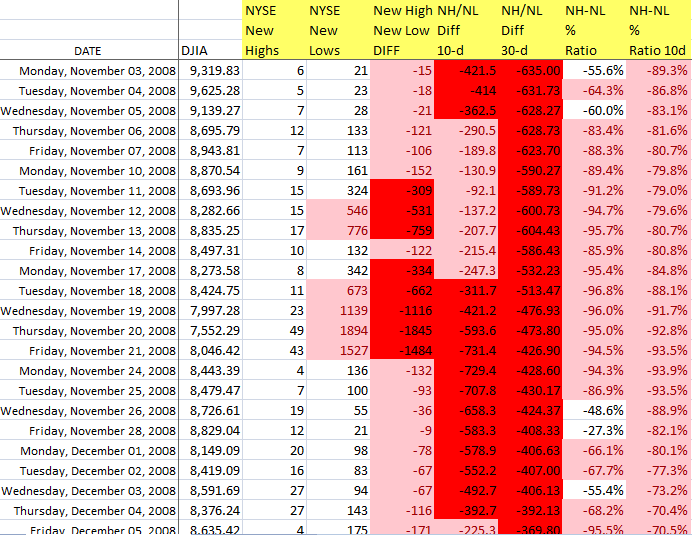
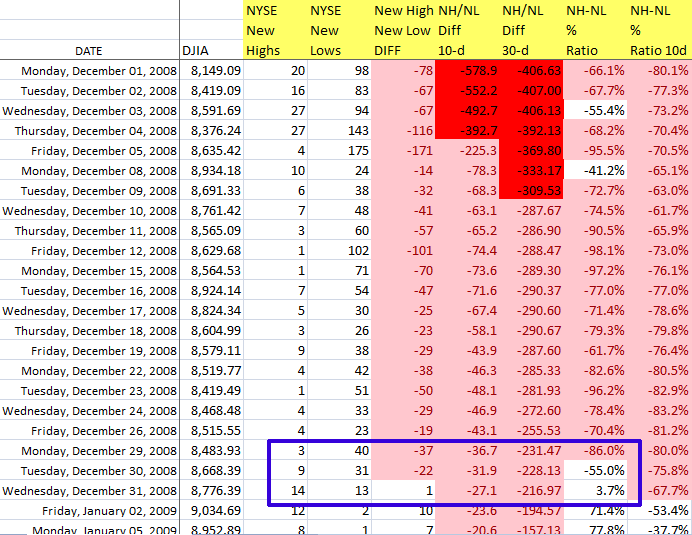
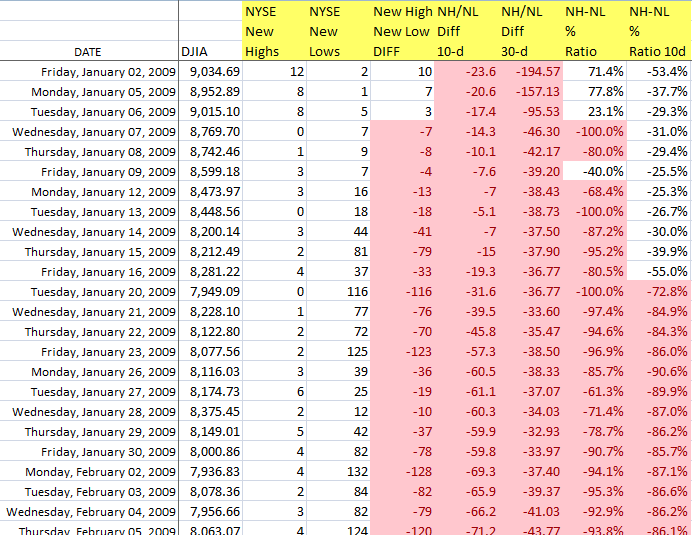
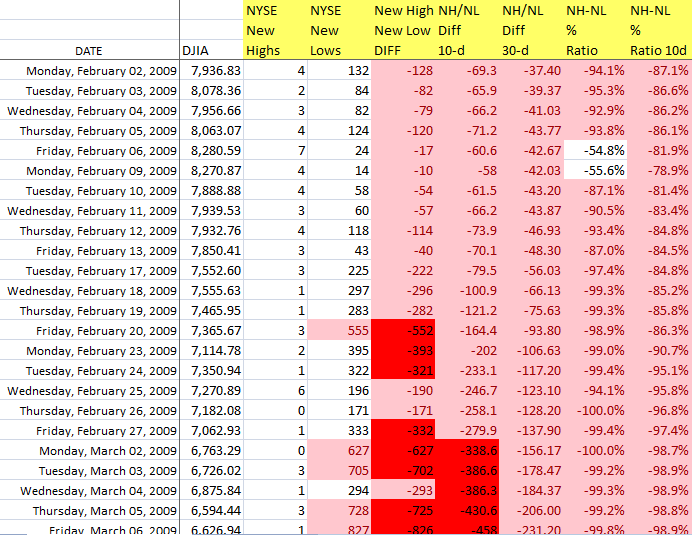
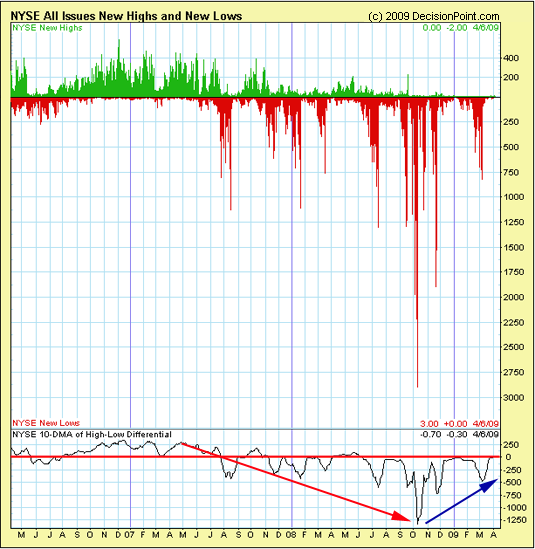
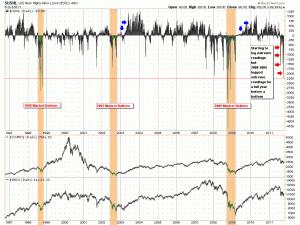


Connect with Me